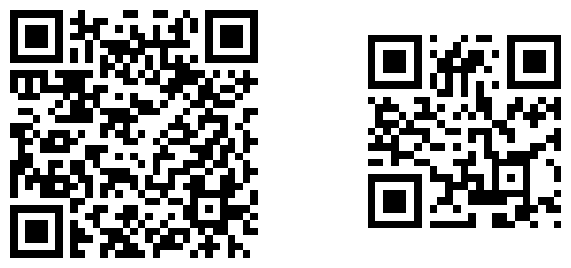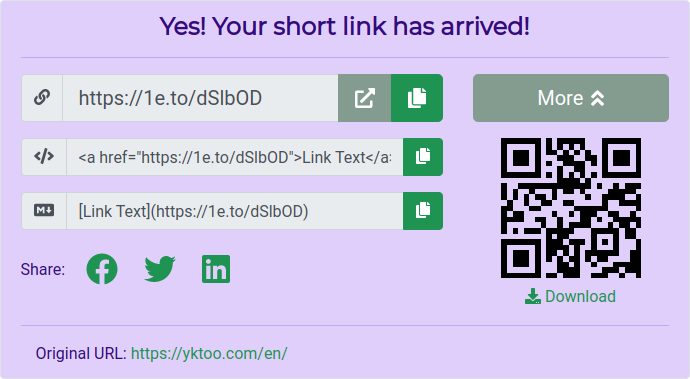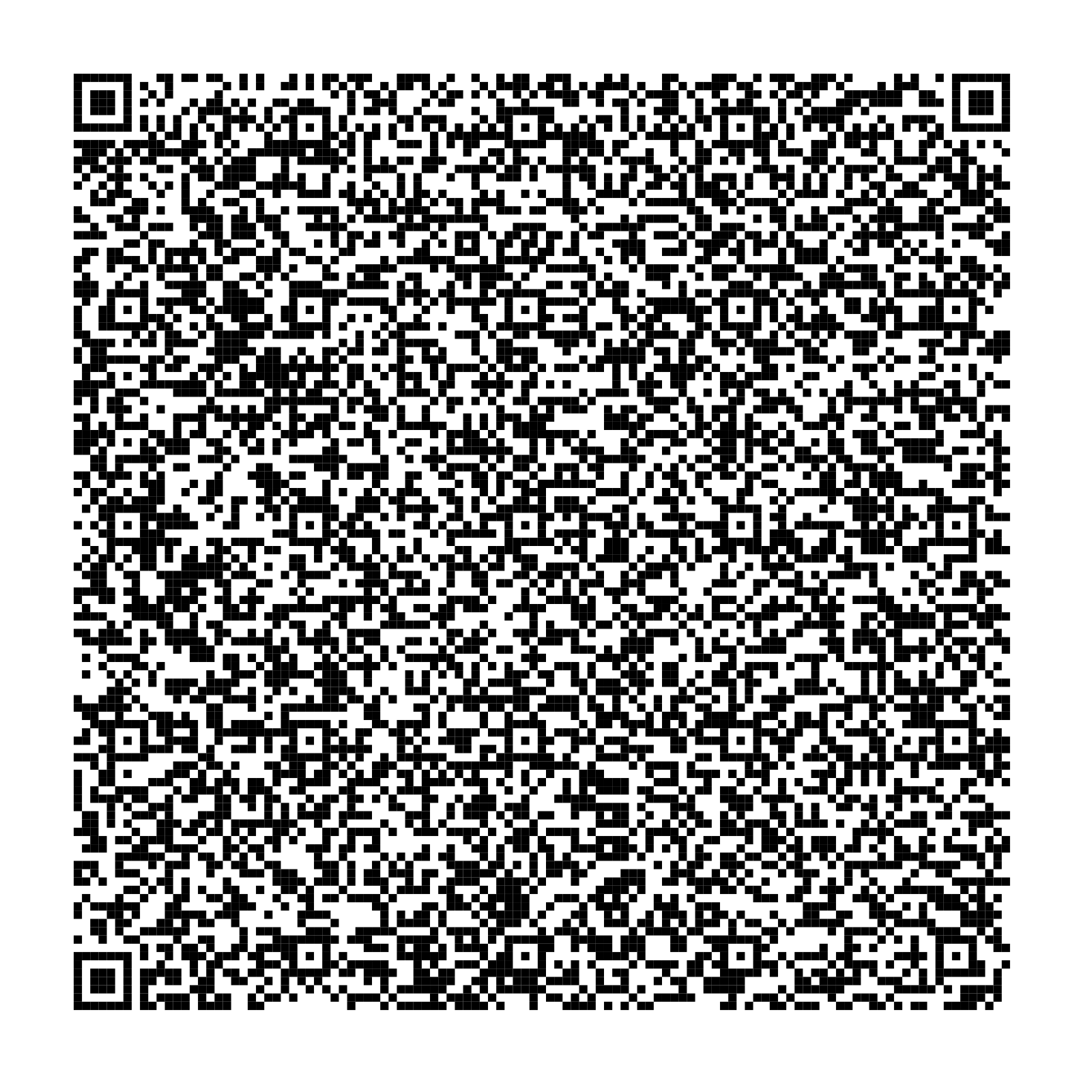On the subject of QR codes
These days you find QR codes everywhere: in brochures and newspapers, on clothes and kitchenware, on walls and windows, and even on lawns. Some of them are neat and small and some huge and unwieldy.
Did you ever ask yourself why that is?
Well, the explanation is quite simple. The number of “pixels” in a QR code depends on two things: its content and the error correction level applied.
Short URL == Small QR code
We all love neat, and we’ll probably get suspicious when being offered a QR code like this one — and rightly so.
A decent QR code should be small, for a number of reasons:
- It generally means the encoded content is compact; there’s usually a lesser chance that you’ll be tricked into something.
- It contains fewer pixels and is therefore better readable, given the same surface area.
- Better readability, in turn, gives more freedom in choosing the background (it can be, for example, coloured or curved).
Now, when it comes to encoding URLs, it’s obvious that shorter URLs result in smaller QR codes.
Apart from the above, a short URL allows you turn up the error correction level, which will make the QR-code more error-proof while keeping it at a reasonable size.
And, last but not least, a better correction level allows for making branded QR-codes, which are so popular nowadays.
Seeing is believing
Below is a visual comparison of codes for two equivalent URLs: a long one and its shortened version. The difference is striking:

It must be noted that the original address here (https://yktoo.com/en/blog/post/2021/06/01-june-update/) is still pretty modest in terms of length. There are lots of URLs much longer than that, and shortening them would make the difference even more obvious.
QR out-of-the-box
once.to is a free link shortener that offers downloadable QR codes right on its front page.
The code is initially hidden behind the More button, which expands the shortening result:

Simply click on the Download link under the code to save it as a PNG image.
For a registered user, a similar widget is available on the Link details page, with a QR code for each link.
Tags: blog, QR code, short link, short URL

